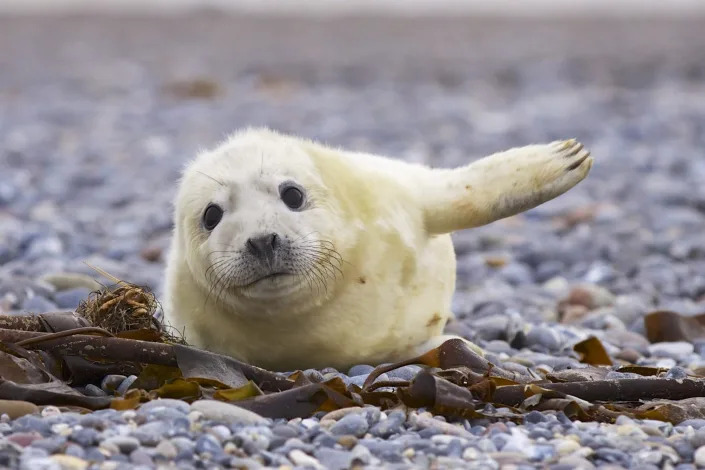Mon, December 6, 2021, 1:41 PM·3 min read
New offtake agreement with Aemetis brings total SAF commitment to more than 120 million gallons
Northampton, MA --News Direct-- American Airlines

FORT WORTH, Texas, December 2, 2021 /3BL Media/ - American Airlines announced that it has finalized a new sustainable aviation fuel (SAF) offtake agreement with Aemetis. The agreement brings the airline’s total SAF commitment to more than 120 million gallons, a signal of the integral role SAF will play in American’s efforts to reduce carbon emissions and achieve its ambitious sustainability goals.
The airline’s agreement with Aemetis is the result of work with the oneworld® alliance, the first global airline alliance to commit to net-zero emissions by 2050 and to publish a pathway for doing so. oneworld is now the first global airline alliance to announce a SAF purchase.
“The American Airlines team is committed to reducing emissions from our operations, and sustainable aviation fuel is the cornerstone of our strategy in this decade,” said Doug Parker, Chairman and CEO of American. “We’re proud to join with our oneworld partners in supporting the growth of SAF through this agreement with Aemetis, and we’re eager to continue collaborating with like-minded partners to meet aviation’s climate challenge.”
American has agreed to take delivery of 16 million gallons of Aemetis SAF annually over a seven-year period beginning in 2024, with fuel delivered to San Francisco International Airport. The SAF will be blended with traditional jet fuel at a 40/60 ratio to align with international standards.
“American Airlines is demonstrating its leadership in the reduction of carbon emissions and improving air quality by using Aemetis Carbon Zero sustainable aviation fuel,” said Eric McAfee, the Founder, Chairman and CEO of Aemetis. “The Aemetis Carbon Zero plant under development at the former Army Ammunitions Plant in Riverbank, California, is designed to utilize zero carbon electricity, carbon negative hydrogen from waste wood and renewable oils along with CO2 sequestration to produce low carbon sustainable aviation fuel.”
American took its first delivery of SAF in mid-2020 and expects to use 9 million gallons by 2023. Additionally, American previously announced plans to purchase up to 10 million gallons of carbon-neutral SAF produced by Prometheus Fuels, which uses a novel process to make net-zero carbon transportation fuels.
American’s goal is to reach net-zero emissions by 2050, and the airline was the first in North America to commit to set a science-based intermediate target for the year 2035. Additionally, American was recently named to the Dow Jones Sustainability North America Index, the only passenger carrier to appear on the 2021 index. The company’s latest ESG Report features an updated analysis of the airline’s path to net-zero, showing a greater role for SAF than its previous analysis.
More information about American’s sustainability strategy is available at aa.com/sustainability.
About American Airlines GroupAmerican’s purpose is to care for people on life’s journey. Shares of American Airlines Group Inc. trade on Nasdaq under the ticker symbol AAL and the company’s stock is included in the S&P 500. Learn more about what’s happening at American by visiting news.aa.com and connect with American on Twitter @AmericanAir and at Facebook.com/AmericanAirlines.
View additional multimedia and more ESG storytelling from American Airlines on 3blmedia.com
View source version on newsdirect.com: https://newsdirect.com/news/american-airlines-makes-additional-commitment-to-sustainable-aviation-fuel-773399658








